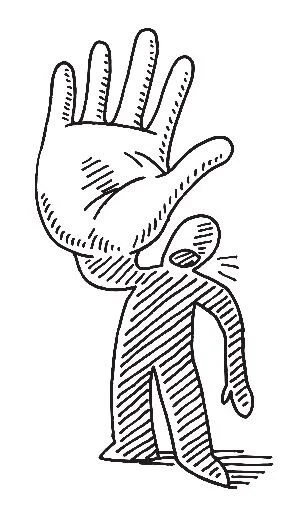When you find yourself on the receiving end of conflict at work
/In the heat of a tough conversation that hooks us (or the other guy) emotionally, those emotions can get the better of us. Our egos get slapped around, our precious values are attacked, even our personal safety can feel threatened.
The truth is that conflict is natural. When two or more people, or groups of people, are not meeting each other’s needs, conflict can arise. When managed well, the conflict can become a productive, creative exchange that brings out something new, collaborative and wonderful—positive conflict.
Read More





















When we join a company, partnership or team, our expectation is that everyone involved will exhibit professional behavior toward us and each other. Instead, it’s highly possible that we may become one of the more than 60 million adults in the United States who are affected in some way by bullying behavior at work.
What kind of behaviors are we talking about? Our definition is any interpersonal behavior that causes emotional distress in others sufficient enough to impede their productivity or disrupt organizational functioning. It isn’t just a personality conflict — it’s a chronic pattern of disrespectful behavior.